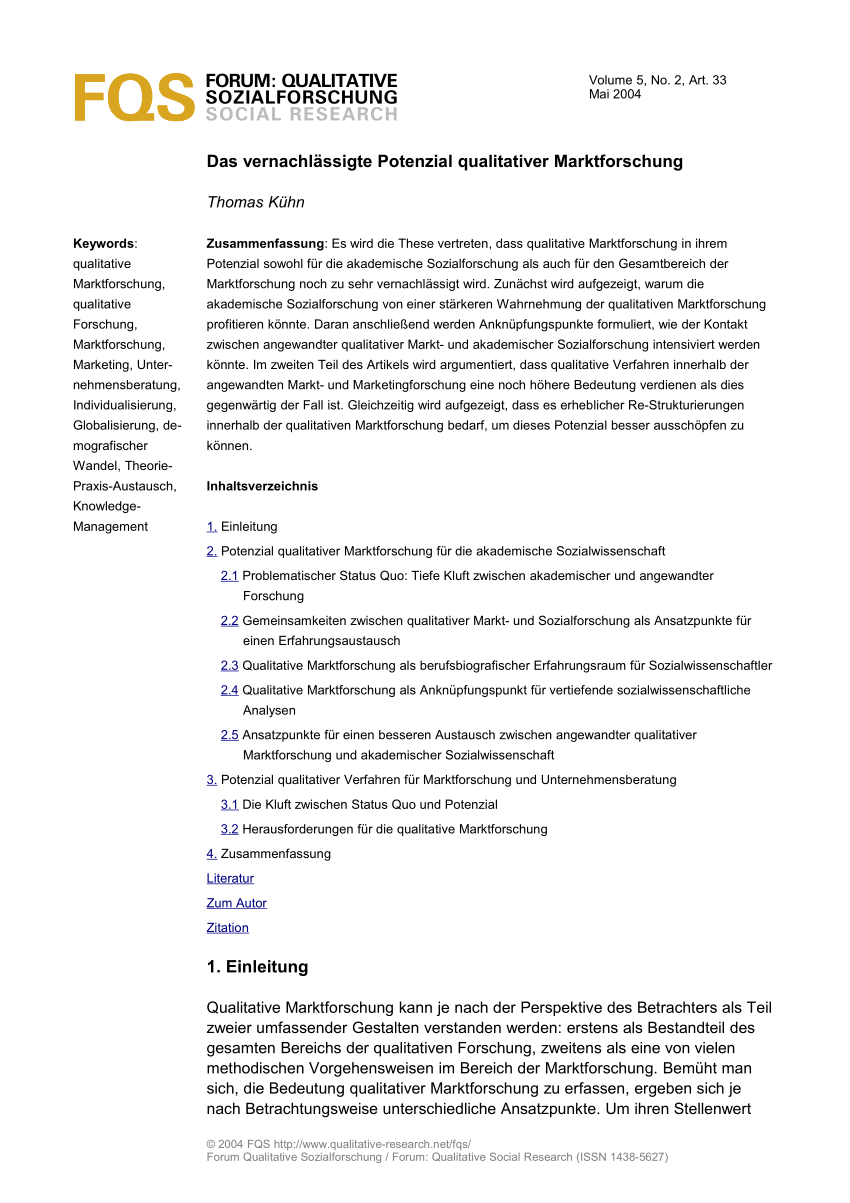The Unexplored Potential Of Reverse Engineering In Environmental Science

Reverse engineering, the process of deconstructing a complex system to understand its inner workings, holds immense potential for advancing environmental science. By examining natural processes and ecosystems from a design perspective, scientists can gain valuable insights to develop innovative solutions to environmental challenges.

One promising application of reverse engineering in environmental science is the design of bio-inspired materials and technologies. By studying the structures and properties of natural materials, such as spider silk, lotus leaves, and gecko feet, scientists can develop new materials with enhanced strength, self-cleaning abilities, and adhesive properties. These bio-inspired materials have the potential to revolutionize various industries, from construction to medicine, while also reducing the environmental impact of human activities.

Furthermore, reverse engineering can aid in the development of ecosystem-based management strategies. By understanding the intricate interactions and feedback loops within ecosystems, scientists can identify key factors that influence ecosystem stability and resilience. This knowledge can inform the design of management interventions that aim to restore and protect ecosystems, rather than solely relying on reactive measures after environmental damage has occurred.
Reverse engineering can also contribute to the field of environmental monitoring and assessment. By analyzing the composition and characteristics of environmental samples, scientists can gain insights into the sources and pathways of pollution, as well as the health and integrity of ecosystems. This information can then be used to develop more targeted and effective monitoring strategies, enabling early detection and intervention in cases of environmental degradation.
In addition, reverse engineering can play a role in the development of sustainable energy technologies. By studying the mechanisms by which plants convert sunlight into energy through photosynthesis, scientists can design artificial systems that mimic this process. Similarly, research on the metabolic pathways of microorganisms can lead to the development of more efficient biofuels and bio-based products.
Despite its potential, the application of reverse engineering in environmental science is still in its early stages. There are several challenges that need to be addressed, including the complexity of natural systems, the need for interdisciplinary collaboration, and the limited availability of tools and resources for reverse engineering research.
To overcome these challenges, it is essential to promote interdisciplinary research teams that bring together scientists from diverse fields, such as ecology, chemistry, engineering, and materials science. Additionally, investing in the development of advanced tools and techniques for reverse engineering, such as high-throughput sequencing, computational modeling, and artificial intelligence, will greatly enhance the ability of scientists to unravel the complexities of natural systems.
In conclusion, reverse engineering offers a unique and powerful approach to understanding and addressing environmental challenges. By harnessing the knowledge gained from deconstructing natural systems, scientists can develop innovative solutions that are inspired by nature, leading to a more sustainable and harmonious relationship between humans and the environment.# The Unexplored Potential Of Reverse Engineering In Environmental Science
Executive Summary
This article explores the concept of reverse engineering in environmental science and its potential applications in addressing various environmental challenges. Reverse engineering offers a proactive approach to pollution prevention, resource management, and technological advancements in environmental science. It allows scientists to understand the underlying principles of natural processes and how human activities disrupt them. This knowledge can then be utilized to develop innovative solutions that align with the intricate balance found in the environment.
Introduction
Environmental science plays a critical role in understanding and preserving the complex dynamics of our planet. As we continue to face pressing challenges such as climate change, pollution, and biodiversity loss, innovative approaches are needed to develop sustainable solutions. Reverse engineering, a process of analyzing and deconstructing existing systems to gain insights and inspiration for new designs, holds immense potential in environmental science.
Applications of Reverse Engineering in Environmental Science
Understanding Natural Processes
- Reverse engineering enables scientists to analyze intricate natural processes and ecosystems.
- By dissecting the components and interactions within natural systems, we can gain a deeper understanding of how they function.
- This knowledge can be applied to develop more sustainable and harmonious human practices that align with natural cycles.
Pollution Prevention and Remediation
- Pollution poses a significant threat to the environment and human health.
- Reverse engineering can be used to identify the sources and mechanisms of pollution, allowing for targeted and effective remediation strategies.
- It can also inform the design of innovative technologies for pollution prevention and waste minimization.
Sustainable Resource Management
- Reverse engineering principles can be applied to optimize resource utilization and minimize waste.
- By analyzing resource extraction and utilization processes, inefficiencies and environmental impacts can be identified.
- This knowledge enables the development of more circular and sustainable resource management systems, reducing ecological footprints.
Technological Innovations
- Reverse engineering offers a powerful tool for technological innovation in environmental science.
- Scientists can study existing technologies and identify areas for improvement, adapting them for environmental applications.
- This approach can accelerate the development of cutting-edge technologies that address specific environmental challenges.
Environmental Impact Assessment
- Reverse engineering techniques can assist in assessing the environmental impacts of various human activities.
- By analyzing the effects of past projects and interventions, scientists can predict and mitigate potential environmental consequences.
- This knowledge can inform decision-making processes and promote more sustainable development practices.
Conclusion
Reverse engineering presents a promising avenue for addressing environmental challenges. By systematically analyzing natural processes, pollution sources, resource utilization, existing technologies, and potential impacts, we can unlock new perspectives and solutions that align with sustainable practices. As environmental science evolves, the integration of reverse engineering approaches will contribute significantly to the preservation and restoration of our planet’s delicate balance.
Keyword Phrase Tags:
Environmental Science, Reverse Engineering, Pollution Prevention, Sustainable Resource Management, Technological Innovation, Environmental Impact Assessment.

Reverse engineering is a fascinating and powerful technique that has the potential to revolutionize our understanding of environmental systems. I am excited to see how this field develops in the years to come.
Reverse engineering is a waste of time. We should be focusing on developing new technologies, not trying to understand old ones.
Reverse engineering can be a valuable tool for understanding the complex processes that drive environmental systems. However, it is important to note that reverse engineering is not a panacea. It is only one of many tools that can be used to study environmental systems.
I disagree with the author’s claim that reverse engineering is underused in environmental science. I believe that reverse engineering is actually quite common in this field. However, it is often not called reverse engineering.
Reverse engineering is like trying to put a puzzle together without the box. It’s possible, but it’s a lot harder than it needs to be.
I’m not sure what all the fuss is about reverse engineering. It’s just a fancy way of saying ‘taking things apart’.
Reverse engineering is like a magic trick. It’s amazing to see how something works, but it’s even more amazing to be able to do it yourself.
I’m not an expert in reverse engineering, but I’m always interested in learning about new things. Thanks for the informative article!
This article is a great introduction to reverse engineering. I’m glad I read it.
I’m not sure I understand how reverse engineering can be used in environmental science.
I’m interested in learning more about reverse engineering. Can you recommend any resources?